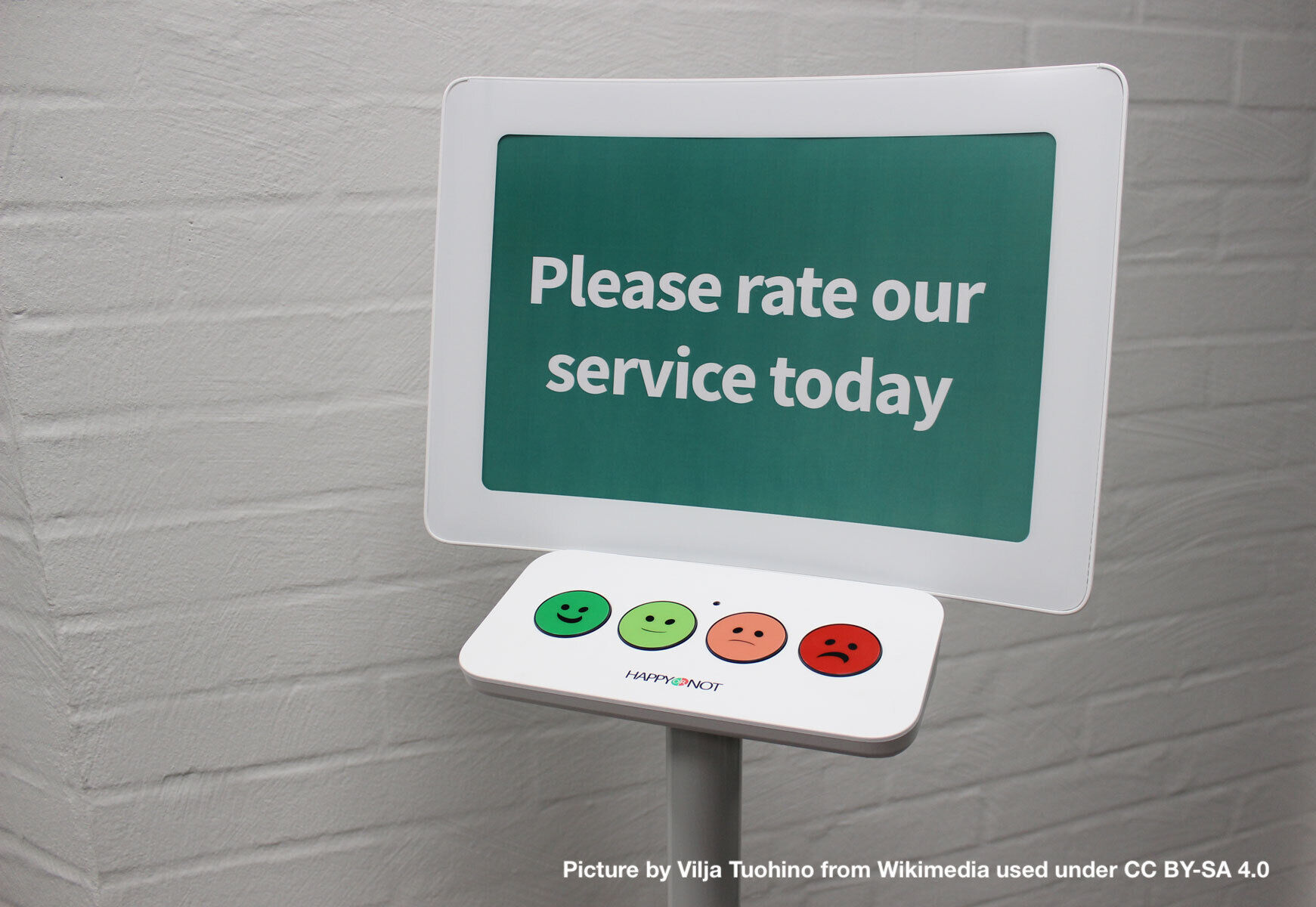If the users say the system doesn’t work and the project sponsor says it does, believe the users. IT history is full of stories of malfunctioning systems being covered up – the most egregious case is one where 900 British postmasters were falsely convicted of theft and fraud because the Post Office’s fancy new IT system didn’t work. Look up “Horizon IT scandal” for that sad story.
Those with careers and positions to save will go to extraordinary lengths to deny any problems. The people who told the truth about the Vietnam War were the draftees who did not have a military career to protect.
What is your process for monitoring issues with the software your business is running? Do not rely on the number of tickets raised with the service desk. There is unavoidable friction involved in raising a ticket because the IT people will want screenshots and exact software versions. The average user has no clue which version of the internet browser he is using and has more important things to do. If you don’t have a simple system like the four-smiley button panels in shops and airports, you do not know if your software works for the users.










